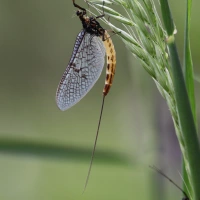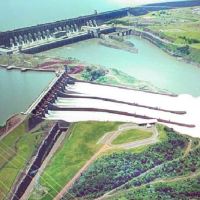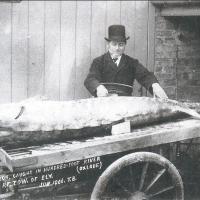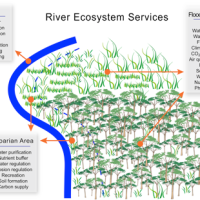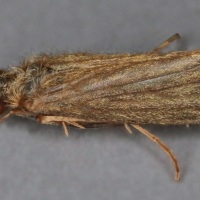Data-sharing and “classical conservation:” Jörg Freyhof on ECOCASD in Kerala, India
![Sunrise over Agasthyakoodam Biological Park, Western Ghats. By Planemad [CC-BY-SA-3.0] via Wikimedia Commons](https://biofreshblog.files.wordpress.com/2013/10/sunrise_over_agasthyakoodam_biological_park_western_ghats.jpg?w=728&h=409)
Sunrise over Agasthyakoodam Biological Park, Western Ghats. By Planemad [CC-BY-SA-3.0] via Wikimedia Commons
 Freyhof’s talk focused on the need for larger, holistic datasets to prioritize conservation action, and he says that the conference attendees clearly saw a need for open-access databases with quality-controlled data. This is an area where BioFresh could play a major role. By sharing expertise and infrastructure, the project can help partner organizations establish such platforms for other continents. Freyhof hopes that India can be a first step: the University of Kerala is interested in partnership, and can benefit from BioFresh’s existing infrastructure and adapt it to their own needs, creating a national platform.
Freyhof’s talk focused on the need for larger, holistic datasets to prioritize conservation action, and he says that the conference attendees clearly saw a need for open-access databases with quality-controlled data. This is an area where BioFresh could play a major role. By sharing expertise and infrastructure, the project can help partner organizations establish such platforms for other continents. Freyhof hopes that India can be a first step: the University of Kerala is interested in partnership, and can benefit from BioFresh’s existing infrastructure and adapt it to their own needs, creating a national platform.
For BioFresh, this is also an opportunity. Despite being a global project, the initiative has very few global partners, says Freyhof, and most of the data is from Europe. However, India already has not only enormous freshwater biodiversity, but has already collected a great deal of data about it. “They have huge programs to go to the field to assess biodiversity in all the national parks,” says Freyhof. “There are environmental impact assessments for some projects. There is a huge amount of data that’s available.”
As a country, India has unique needs and opportunities for conservation. The Western Ghats, which reach their southernmost extent in Kerala, are a biodiversity hotspot, and Freyhof noted that the focus on endemic species is strong: “They are very much aware that they are living in a hotspot and that it’s important for conservation.” He says that India maintains a much more classical outlook on conservation. “In Europe we have the impression that conservation is something from yesterday; now we only go for ecosystem services, and question everything reached in the last decades,” says Freyhof. “There, I had the impression that conservation has a real importance and they have an awareness that freshwater is in massive trouble.”
Indeed, Indian freshwater biodiversity suffers from a unique scale of threats and the country lacks a strong strong policy response. Large infrastructure projects are redirecting major rivers to provide water, but building canals and connecting all the rivers is destroying the geographic pattern of freshwater biodiversity. “Major rivers don’t reach the sea anymore,” Freyhof says. In addition, hundreds of dams on Himalayan rivers in the north are creating a scale of destruction unknown to Europe, where such numbers of mountain rivers don’t exist. For Indian conservation, says Freyhof, “freshwater is really one of the biggest concerns.”![Tehri Dam on the Bhagirat, one of the largest dams in the world. By Lingaraj, G. J. [CC-BY-2.0], via Wikimedia Commons](https://biofreshblog.files.wordpress.com/2013/10/tehri_dam_on_the_bhagirathi_garhwal_india.jpg?w=667&h=500)





